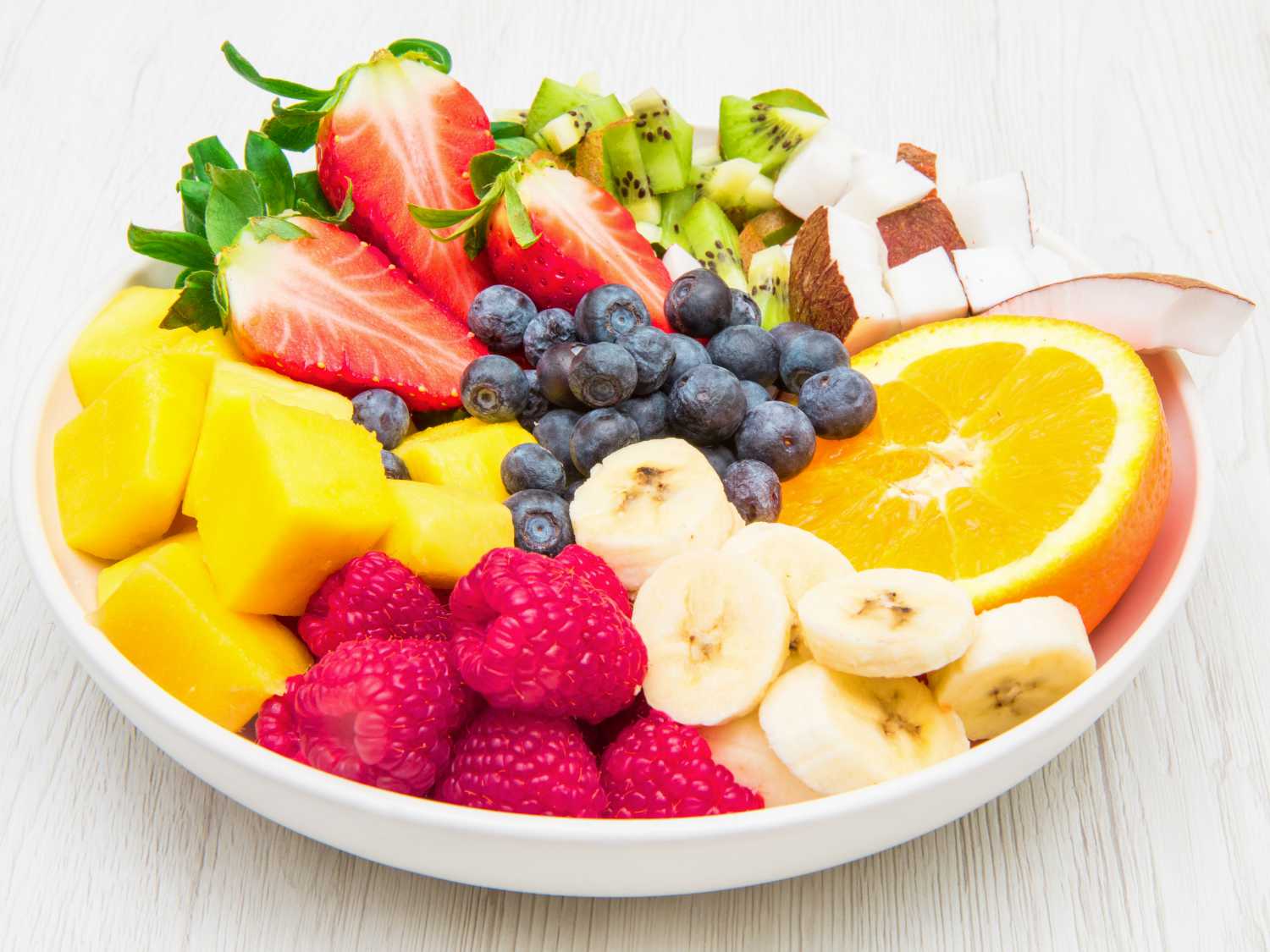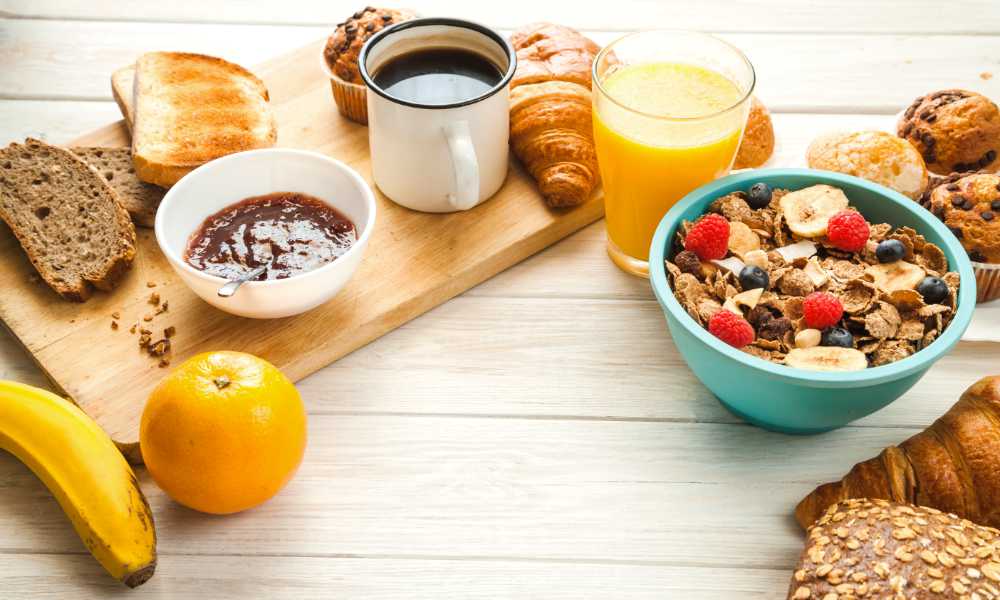Your basket is empty
Already have an account? Log in to check out faster.
Already have an account? Log in to check out faster.

Bioavailability is a term that is used mostly in pharmacology . Indicates both how much of an administered drug reaches the systemic circulation unchanged and the speed with which it reaches it.
More and more often the term bioavailability It is also used in relation to substances assimilated through food or supplements.
There bioavailability of nutrients present in a food indicates the fraction of nutrients that the organism is able to absorb and make “ available ” to carry out physiological functions.
This can vary for many factors, which can be divided into:
According to the European Regulation 1169/2011 relating to the provision of food information to consumers, one of the mandatory information to be reported on the packaging is the Nutritional declaration (with the exception of some food categories).
The nutritional declaration, generally expressed in the form of table , indicates the energy value, the quantity of macronutrients, such as fats, carbohydrates and proteins, and salt.
Furthermore, it can be integrated with the indication of micronutrients such as vitamins and minerals, if present in significant quantities.
Unfortunately, however, the nutritional declaration does not provide any information on the bioavailability of these micronutrients.
In fact, for a food, it is not enough to just contain a significant quantity of micronutrients, but they must also be present in a form that is bioavailable, therefore assimilable by the body.
Minerals, vitamins and other nutrients can have different chemical forms in food and this can affect their bioavailability.
To better understand this concept Let's take iron for example , the bioavailability of which changes significantly depending on the origin of the food.
The molecule eme It is like a protective ring that protects iron from interacting with other food components, thanks to which it is absorbed intact. In contrast, non-heme iron is easily influenced by other components of the diet and therefore only a small part is absorbed.
The bioavailability of macronutrients such as lipids, carbohydrates and proteins is generally good, almost 90%. While that of minerals, vitamins and other bioactive compounds such as polyphenols, carotenoids, phytosterols etc… varies from 1% to 90% depending on the way they are absorbed and used.
As we said before, there are many factors that can influence and modify the bioavailability of nutrients.
The most important ones are certainly the state of health of the individual who is consuming the food. In fact, there are some pathological conditions that can decrease or increase assimilation.
For example in case of diarrhea, food intolerances, chronic inflammatory bowel disease , celiac disease or the intake of certain drugs can modulate the bioavailability of various micronutrients.
Even the cooking It can have a positive effect on the bioavailability of some nutrients such as starches and proteins, and a negative effect as in the case of fats and vitamins.
There refining and complex food processing has a negative impact on the bioavailability of nutrients, as much of the vitamin and mineral content is lost.
Finally, also the interaction of multiple nutrients , especially minerals, can affect their bioavailability by limiting or enhancing their absorption. For example, zinc reduces the absorption of copper, or a large amount of iron limits the absorption of zinc, etc.
Knowing the bioavailability of nutrients and their interactions helps us balance our diet and make it healthier without giving up taste and traditions, furthermore, it can help us make a diet effective.
Let's take some examples:
Carotenoids are antioxidant compounds found mainly in orange fruits and vegetables. Being fat-soluble, their bioavailability will depend on the presence and quality of lipids in the diet. So seasoning a good plate of pasta with tomato sauce with a teaspoon of raw EVO oil will help absorb carotenoids!

Instead, vitamin C is able to increase the absorption of iron, this means that if we season meat with lemon juice or accompany a bowl of cereal with orange juice, we will help the body absorb a greater quantity of iron contained in that meat or those cereals.
Choosing or cooking balanced dishes that allow us to optimize the intake of different nutrients is important, whether you choose a Mediterranean diet , but also and above all for those who follow a plant-based diet and which therefore will necessarily have to integrate certain nutrients contained in foods of animal origin.
Hence the need to take some food supplements, in the form of capsules, tablets or powder, useful for integrating certain nutritional deficiencies.
When choosing a supplement it is always better to opt for a fruit-based food supplement, such as açai and the dog rose, or plants, as in the case of the moringa or of the maca , rather than artificially synthesized supplements.
In fact, although technology now allows us to synthesize molecules that are almost completely similar to natural ones, they are not always identical copies and some differences can affect their biological activity and absorption capacity.
In general, the nutrients naturally present in plants (fruit, leaves, roots, etc.) are found in a form more compatible with human physiology and are also associated with each other in a combination that favors the synergy of the active ingredients present in terms of bioavailability and physiological effects.
0 comments